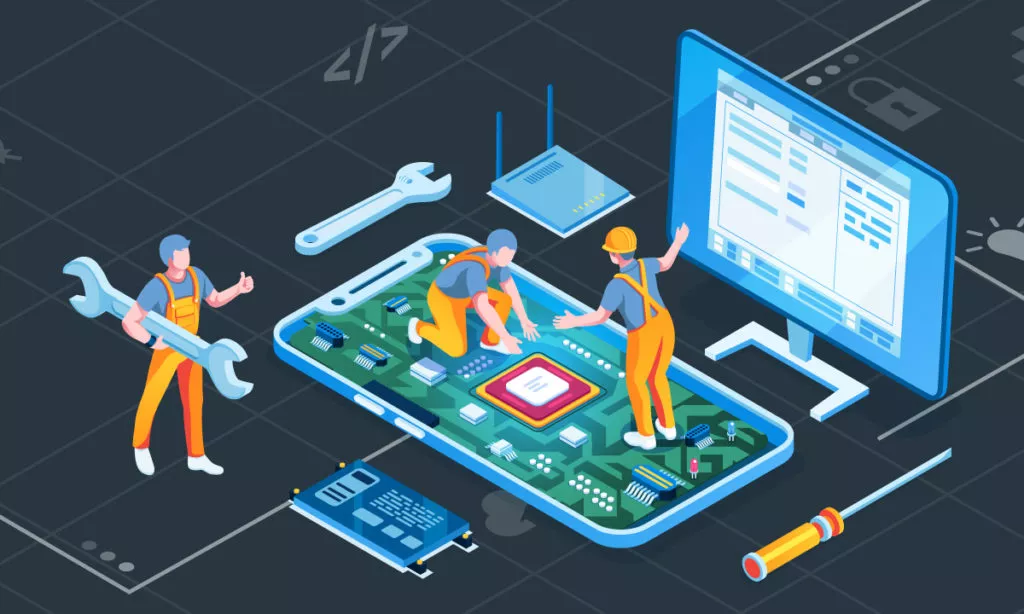Latest Computer Generations
The last few decades have witnessed a revolution in computing technology. Since the first generation of computers, which weighed about 30 tons, integrated circuits, and vacuum tubes replaced mechanical parts, computers have grown to be incredibly fast and reliable. These new machines also introduced keyboards and monitors, as well as high-level programming languages. The third computer generation was characterized by low power consumption, speed, and reliability. Using silicon to create integrated circuits, these new machines were smaller and much more efficient.
The Fifth Generation is a major Japanese research project aimed at developing a new type of computer by 1991. It was launched after the Japanese government began to discuss the need for more accessible computers to cater to a burgeoning population and the development of personal computing. The Japanese MITI researchers must have been fortunate enough to have a brilliant marketing strategy, as the project name has created a lot of hype worldwide. The Fifth Generation computer will focus on artificial intelligence, which will allow it to perform more tasks than ever before.
Integrated circuits are the most common type of computer chip, and the Third Generation computers use them. These new chips allow them to function in a way that was previously impossible without large-scale integrated circuits. Integrated circuits were invented in 1961 by Jack Kilby Scientist and Robert Noyce. These new chips allowed computers to be smaller and more reliable than ever before. The Fourth Generation uses Microprocessor Technology to integrate up to 100 components into a single chip.
The Second Generation computers used transistors in place of the bulky vacuum tubes. They also had core storage. The introduction of transistors made these machines much faster than their predecessors. Additionally, they were cheaper to produce and much more energy efficient. The next two generations also added the Central Processing Unit and input/output. They were equipped with the first programming languages, and they had magnetic storage. They were also much smaller than their predecessors, which helped them become more portable.
First Generation Computers were made using vacuum tubes and were the first to utilize electronic digital computing. These computers were large and required large rooms to house them. The devices were incredibly large and required plenty of space to work. The first generation computers also used magnetic drums to store their data. These computers were also the first to use transistors, and they were more powerful and reliable than their predecessors. The second generation computers are much smaller and faster than their predecessors.



